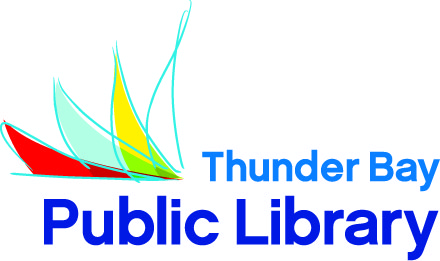
Podcasts – and one podcast in particular – are having a moment in pop culture. Serial, the non-fiction show from NPR that explores one story week by week, has prompted think pieces everywhere from CNN and Time Magazine to Buzzfeed, at least two “recap and review” podcasts, and became the first megahit podcast to reach 5 million downloads or streams on the iTunes chart. Devout listeners wait eagerly every Thursday morning for the latest instalment to be uploaded and the conversations to begin. For the first time, there is podcast “water cooler conversation” and never-ending discussion threads dotted around the internet about what is, in essence, a radio program.
So what makes it so gripping? Well, Serial follows journalist Sarah Koenig as she investigates a fifteen year old murder – one that is, technically, not a cold case because someone was charged and convicted of the crime. Koenig was contacted by a friend of the convicted inmate Adnan Syed, who requested that she investigate the case in an attempt to clear his name. Week by week and episode by episode, Koenig unspools and analyzes information. Due to the intimate and personal style of the podcast, listeners feel like they are working with Koenig to find the answer. We drive in Koenig’s car with her as she plots the geographic timeline presented by the prosecution, listen in on just some of the hours of phone calls between Koenig and Syed, and question ourselves just as she does: can we tell when we are being lied to? Koenig’s opinion on Syed’s innocence seems to waver week to week, and ours does as well. The case rests primarily on the testimony of another teen and is essentially a “he said-he said” situation. Unless there is some major revelation, ultimately it comes down to whose story we believe.
True crime has never been one of my reading interests, and I’m not even a fan of crime shows like CSI and Law & Order. Originally, I didn’t think Serial would interest me. However, I’ve clearly been converted and find myself with a new interest in investigations and the justice system. Luckily, TBPL has a great selection of materials on the topic. These are just a few of the titles that I am planning to pick up.
One reason why the show is so engrossing to me is the involvement of Koenig in her topic. Clearly, she is personally involved in the story, bringing her own bias to the questions she asks and what weight she gives information. Midnight in the Garden of Good and Evil by John Berendt is another story where the author/narrator is deeply embedded in the narrative. Shortly after he moved to a sleepy little Savannah town, someone was killed: was it murder or self-defense? This non-fiction memoir reads like an engrossing suspense thriller, and we gradually learn new information alongside the narrator just as with Koenig.
There are many books analyzing cases of the wrongfully convicted. In Convicted for Being Mi’kmaq, Bill Swan examines the facts to illustrate where racism played a role in the case of Donald Marshall Jr. Other true crime books recounting miscarriages of justice include Hélèna Katz’s Justice Miscarried: wrongful sentencing in Canada and the Paradise Lost trilogy by directors Joe Berlinger and Bruce Sinofsky about the West Memphis 3 case.
To download the Serial podcast and check out supplementary information, visit serialpodcast.org – and be sure to comment on our Library Detective blog with your thoughts about the case!
Laura Prinselaar



















